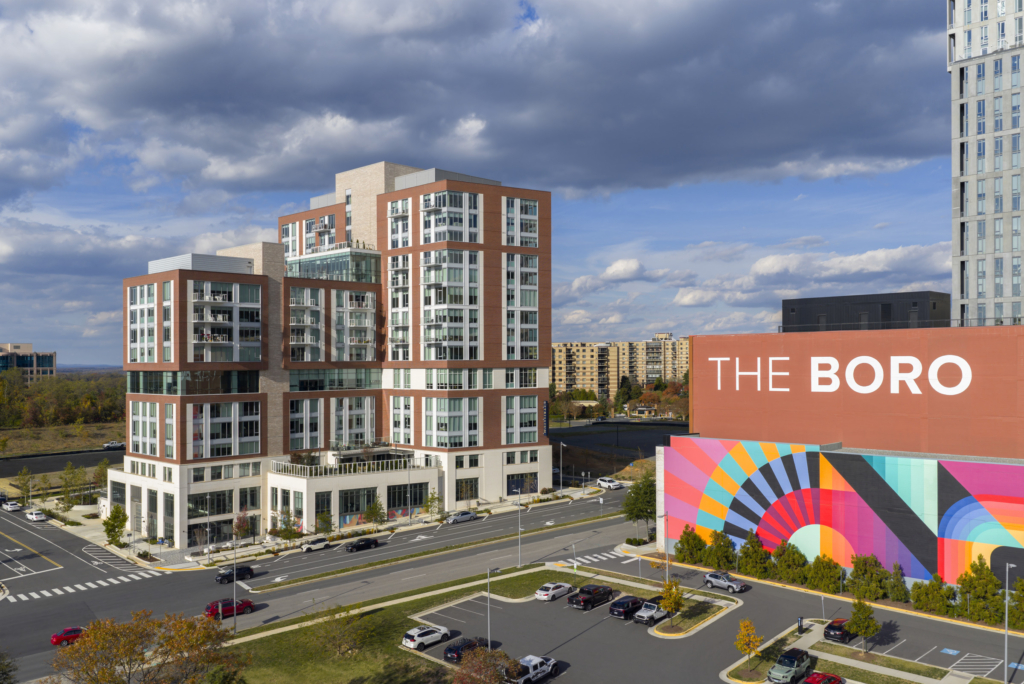“Would you move into your own senior living community?” It was a simple but pointed question that Perkins Eastman’s senior living experts posed to a group of 10 senior-housing CEOs during a think tank the firm hosted in Washington, DC, last spring. For the most part, their answer was “No.”
“How do you create a community that isn’t just ‘senior living,’ that doesn’t even feel like senior living, but it’s this really exciting community that people want to live in because it reflects who they are?” asks Senior Associate Merintha Pinson, who helped lead the think tank. She and Principal Dan Cinelli summarized its findings along with three of those CEOs during the annual LeadingAge conference in Chicago last November.
Cinelli says that most traditional life-plan communities attract seniors over 80. But since younger Baby Boomers have been retiring in droves—there are nearly three times as many of them as their Silent Generation predecessors—these new consumers are saying, “If it looks, tastes, or feels like my father’s retirement community, I’m not coming,” Cinelli says. Developers—especially in the for-profit sector—“have determined that people don’t want to live in a gated community 30 miles out of town. They want to live in town, where there are all these amenities and services that are easily accessible,” says Gary Steiner, co-managing principal of Perkins Eastman’s studio in Washington, DC, where he leads its senior living team.
That realization is past due. “For a long time, those of us in senior living knew there was a portion of us who wanted to stay nearby, near friends, familiar retail and services, and transit,” says Brad Perkins, the firm’s co-founder and chairman. “People want to stay in the immediate area where their church or synagogue is, but they have homes where they don’t want to be doing the gardening or maintenance anymore.”











